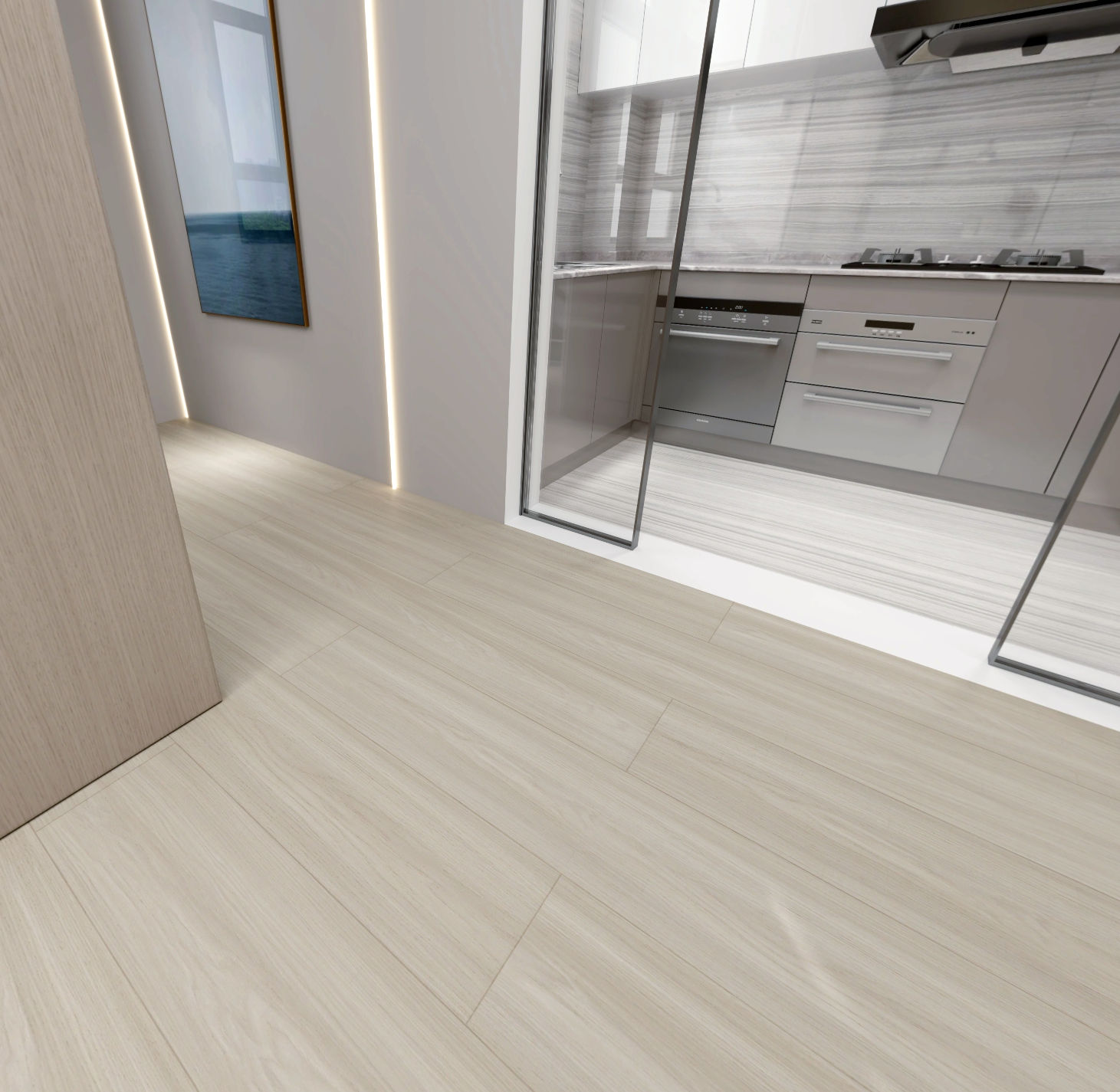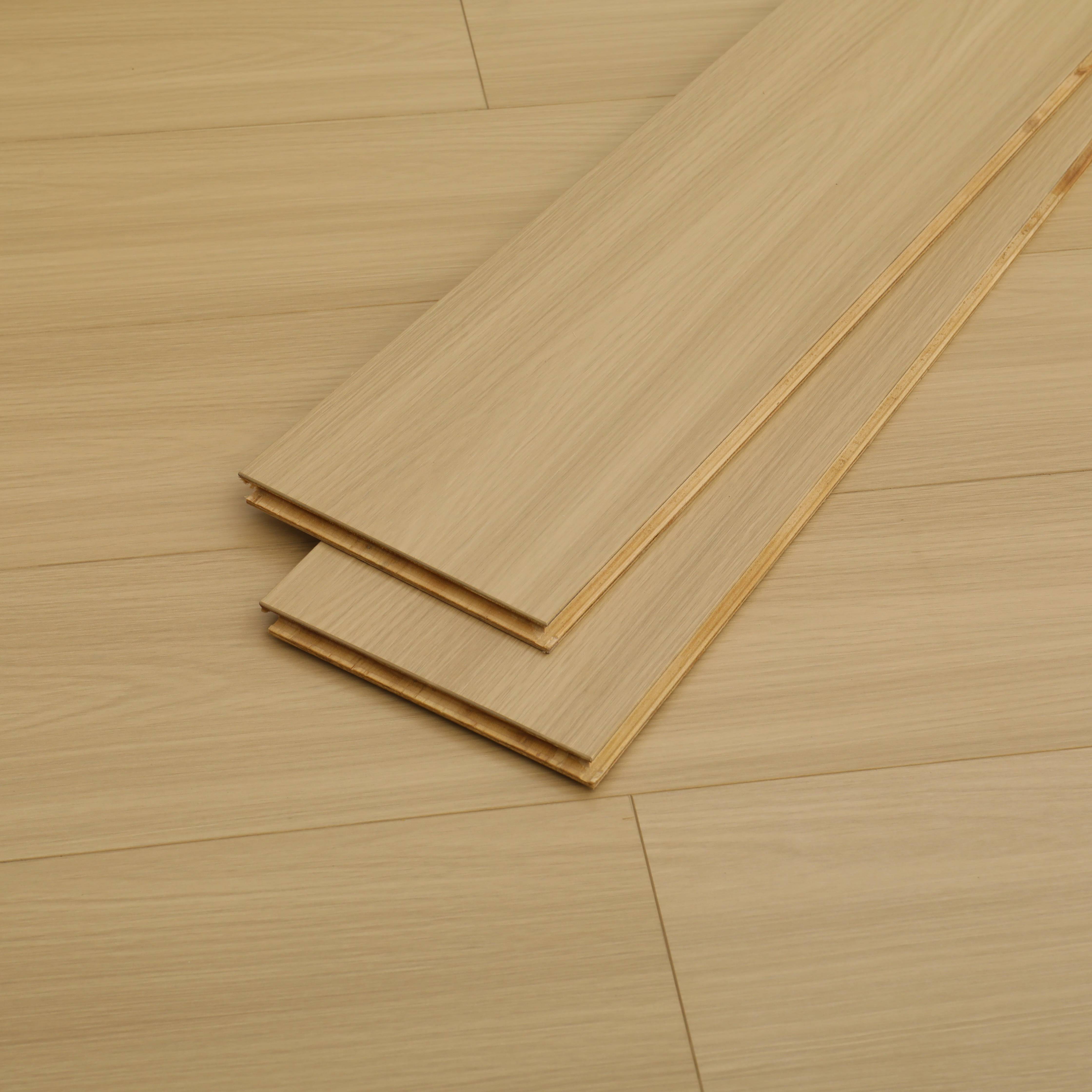The Revolution of Acoustic Innovation in Modern Buildings
In today's fast-paced commercial environments, noise pollution has become an increasingly significant concern affecting productivity, well-being, and overall workplace satisfaction. Silent floor technology represents a groundbreaking solution that's transforming how we approach acoustic management in commercial spaces. This innovative technology integrates sophisticated sound-dampening materials and engineering principles to create environments where footfall noise, impact sound, and structural vibrations are dramatically reduced.
As businesses prioritize employee comfort and operational efficiency, the implementation of silent floor technology has emerged as a crucial element in modern building design. From corporate offices to hotels, healthcare facilities to educational institutions, this advanced flooring solution is setting new standards for acoustic comfort and environmental quality.
Understanding Silent Floor Technology Systems
Core Components and Materials
Silent floor technology combines multiple layers of specialized materials designed to absorb and dissipate sound waves. The foundation typically consists of high-density impact isolation materials, followed by dampening layers that work together to minimize sound transmission. These systems often incorporate viscoelastic polymers, recycled rubber compounds, and advanced synthetic materials that excel in sound absorption while maintaining structural integrity.
The integration of these materials creates a sophisticated sandwich structure where each layer serves a specific acoustic purpose. Modern silent floor technology also includes floating floor systems that physically separate the walking surface from the building structure, preventing direct sound transmission through the building's framework.
Installation Methods and Techniques
The effectiveness of silent floor technology heavily depends on proper installation techniques. Professional installers follow precise protocols to ensure optimal acoustic performance, beginning with thorough subfloor preparation and moisture testing. The installation process involves careful attention to detail, particularly around perimeters and penetrations where sound can easily escape.
Advanced installation methods often incorporate decoupling techniques, where specialized clips and channels create air gaps between layers, further enhancing sound isolation properties. This systematic approach ensures that the silent floor technology performs at its maximum potential in reducing structure-borne noise.
Benefits in Commercial Applications
Enhanced Workplace Productivity
When implemented in office environments, silent floor technology creates a more focused and productive workspace. Studies have shown that reducing ambient noise levels can increase concentration by up to 48%. In open-plan offices, where footfall noise can be particularly disruptive, this technology helps maintain a peaceful environment conducive to deep work and creative thinking.
The reduction in impact sound transmission also means fewer distractions during meetings and important client interactions. This acoustic improvement directly translates to better communication, increased employee satisfaction, and enhanced overall workplace efficiency.
Hospitality and Healthcare Applications
In hotels and healthcare facilities, silent floor technology plays a crucial role in ensuring guest comfort and patient recovery. Hotels implementing this technology report higher guest satisfaction scores and increased repeat bookings, particularly in properties where noise between floors was previously a common complaint.
Healthcare environments benefit significantly from silent floor technology, as it helps create the quiet, healing environment essential for patient recovery. The reduction in footfall noise from staff movements and equipment transport contributes to better sleep quality for patients and reduced stress levels for healthcare workers.
Implementation Considerations and ROI
Cost Analysis and Long-term Value
While the initial investment in silent floor technology may be higher than traditional flooring solutions, the long-term benefits often justify the cost. Buildings equipped with this technology typically command higher rental rates and maintain better occupancy rates. The durability of modern silent floor systems also means reduced maintenance costs over time.
Property owners report significant returns on investment through increased tenant satisfaction, lower turnover rates, and enhanced property values. The energy efficiency aspects of these systems, due to their insulating properties, can also contribute to reduced heating and cooling costs.

Maintenance and Durability
Silent floor technology systems are designed for longevity, typically lasting 15-20 years with proper maintenance. Regular maintenance requirements are minimal, mainly involving standard cleaning procedures and periodic professional inspections to ensure optimal performance. The robust nature of these systems means they maintain their acoustic properties even under heavy commercial traffic.
Advanced materials used in modern silent floor technology resist compression and degradation, ensuring consistent acoustic performance throughout the system's lifetime. This durability makes it an excellent choice for high-traffic commercial environments where flooring takes considerable daily wear.
Future Trends and Innovations
Smart Integration and Monitoring
The future of silent floor technology includes integration with smart building systems, allowing real-time monitoring of acoustic performance and early detection of potential issues. Sensors embedded within the flooring system can provide valuable data about foot traffic patterns, impact levels, and overall system effectiveness.
Emerging technologies are also focusing on adaptive acoustic properties, where flooring systems can automatically adjust their dampening characteristics based on varying noise levels and types of activities in different areas of the building.
Sustainable Developments
Environmental consciousness is driving innovation in silent floor technology, with manufacturers developing eco-friendly materials that maintain superior acoustic properties. New recycled and renewable materials are being incorporated into these systems, reducing their environmental impact while improving performance.
The industry is also seeing advancements in installation methods that minimize waste and enable easier material recovery at the end of the system's life cycle. These sustainable innovations are particularly appealing to organizations committed to green building practices and LEED certification.
Frequently Asked Questions
What is the typical lifespan of silent floor technology in commercial settings?
Silent floor technology systems typically last between 15-20 years when properly installed and maintained in commercial environments. This longevity depends on factors such as traffic volume, maintenance practices, and the specific type of system installed.
How does silent floor technology impact building energy efficiency?
The layered construction of silent floor technology provides additional insulation, which can improve a building's thermal efficiency. This can lead to reduced heating and cooling costs, typically resulting in energy savings of 8-12% annually.
Can silent floor technology be installed in existing buildings?
Yes, silent floor technology can be retrofitted into existing buildings, though the process may require more planning and preparation compared to new construction. The installation approach depends on factors such as the building's structure, current flooring system, and desired acoustic performance goals.


